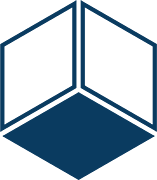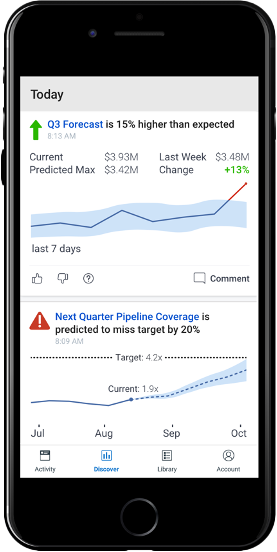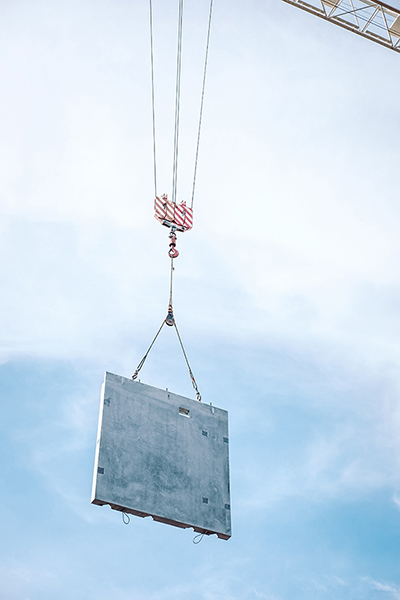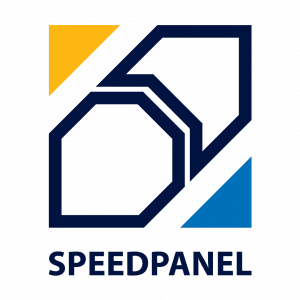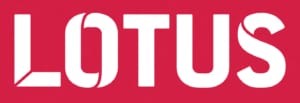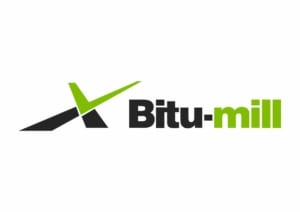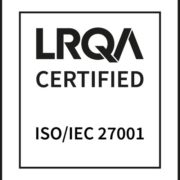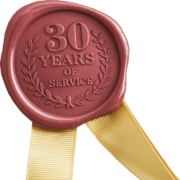How do you connect everyone to the same page, ensuring that the next team gets what they need early so there isn’t a break in the quality chain?
We have customised Sugar CRM to focus on these issues and provide a central point of truth for our clients. (Check out the Find Win Control-Projects page for more.) We protect all aspects of the value chain and run to a quality process, but still provide market agility to gain new business in changing times.
Sugar CRM integrates with industry and external data sources like BCI and Cordell, so the team can search and review new projects to chase. A manager can flag these and assign them to the sales team for action. Once flagged, we import all the related data into the sales data pool to help win the bid.
The roles of all parties are identified, and we connect those parties to projects. As projects develop other people can be added to cover all the bases and ensure new relationships built. Further, previous successes or failures are clearly displayed, allowing sales to identify problems. We gear the system to note when the last conversation with a person was held and what happened. Do they like us? Do they like the competition? Do we win with them or never win? What products do they like? What do they care about? We design the CRM to ensure that it always informs your team.
Pipeline reporting updates Management on what projects are due to close and when, and what the impact of the sale might be.
We can configure this forecast to report product shipments if you are a raw materials supplier, or in revenue / profit returns to the business if you have to factor the financials through the deliverable.
These forecasts create the assumptions base when signing a deal but are also used and reviewed through project execution by project managers. They inform the team and management of variations in need of review or may impact resourcing, invoicing or delivery of the project.
Once the project enters the signing-stage, we need to collect all the documentation from contracts, terms, schedules, financials in the various life-cycles and enable seamless signing in order for the project managers to know what is agreed. These need to be centrally available, easily assessable and clear as to their state, so no-one misses critical documents.
Once the handover to the project team is complete, that team must manage delivery, variations, non-conformance, invoicing, budgets and overall good governance of the project. Good documentation will protect the business against clawbacks in the later stages of the project.
Good Governance standards ensure the team documents instructions, variations and daily communications that impact project performance and delivery–items which could be long forgotten years later as the project finalises.
This governance documentation provides an asset to report to the client/ builder, detailing all the changes and variations through the project.
This ensures we limit the risk towards the end as it’s clear your project is well documented, which in turn limits the clawback.
Sugar CRM supports construction by providing a single authentic source of all client data and projects that all stakeholders, from the BDMs, management, project management or operations can use to understand the decisions made and the state of the project. We then connect to operations systems to serve the “last mile” activities where shipments and invoicing are handled once client instructions are clear.
It doesn’t matter if you are a billion dollar steel supplier or a supplier who delivers walls or plant and equipment; the problems remain. It’s just the size and risk of getting it wrong that differ.
The benefits from the application of the CRM include:
- A clear pipeline of work to be closed and understanding of what we need to win.
- Better coverage of the Specifiers to increase project involvement, therefore increasing the percentage of projects won.
- Quality processes to ensure we capture all core documents, which we then make available to the team from the bid process to project delivery. Support the strategy of the last work via the “last document” or signed (digital) forms of contracts, so the agreement is clear.
- All data is available in the office and on the mobile in case it’s needed, even if it’s on site and under discussion. This reduces the risk of decision making from memory.
- Everyone shares the state of sales or project delivery so problems, delays, payments, shipment delays are visible to all to reduce the impact to the client or business.
- Considerable reduction of clawbacks at the end of projects because of solid governance documentation and a reduction in confusion between the project team and the management team on decisions that may impact the project. Instructions are recorded and auto emailed to the team, based on impact so no-one makes critical decisions in a vacuum.
Good data provides Management with a solid basis for decision making, forward warning of possible events, warning of commercial impacts because of project execution, reliable delivery of products and services and clear communication with the client.
Working with a wide variety of construction clients we have observed many lessons, of which the following may be of interest.
- Consider the change and training process from the point of view of those who will use the solution, as this is critical to the solution’s success. Include a sample of the field staff involved in the day to day process, both supportive and negative to get the best design results.
- Whilst there will be many things to resolve, start small by constructing a foundation of fresh ways to engage with the client and build from them. (For initial rollouts, large solutions take too long to build.)
- Start by identifying the key risks, and those which have the greatest impact to the business. Target those first. These wins create an understanding of what is possible and send a message to the team that change is possible and it has an impact.
- Make sure the solution allows the team to access and update data in the field. Further, change the need to write vast amounts of notes from meetings and calls. Often, management can gain real insight from some key questions instead of a block of notes.
For example, a group of meeting-related questions might be:
- Did you discuss a new product group? Which one?
- What was the actual goal of the meeting?
- Did you meet someone new? Who?
- Did you find a new opportunity to quote?
- What was the tone of the meeting?
These kinds of questions can be charted, reported and counted and provide the key insights. You can still add a note field if a note needs to be on file. For management, the result is a summarised contact report noting what was discussed, the general nature of the meetings, how many new quotes resulted and the general tone of meeting, all grouped. This provides a much faster feel for the market than 4-5 meetings / day / 5 days a week by rep to read.
The lessons learned:
We’ve found that building CRM systems for construction boils down to creating a tool that improves the chances of doing the right work with the right people, while making calls and meetings easier, reducing the admin along the way.
By providing a tool to record insights as they occur, admin is done quickly in the moment, reducing paperwork and yet delivering real insights to management.
It doesn’t matter if it’s sales, notes on–site, or a change of schedule; the staff can record their progress and everyone’s informed. It may not be sexy, but we’ve removed many, many spreadsheets and paper reports, providing our clients with more time to do the actual work.
For more about CRM Strategy and how we can help, click here.
